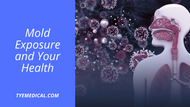Mold Exposure and Your Health
Written by TYE Medical on May 30th 2023
Mold. For some health experts, it has become public enemy number one (and for good reason). It grows in the dampest, darkest recesses of your home, often without your awareness. But its effects on your health can be insidious, causing ongoing symptoms without an apparent cause.
If you suffer from mysterious health concerns and live in an older home, you may want to consider paying for a home mold inspection. This could help rule out a not-so-uncommon culprit that triggers many unexplainable health problems.
In the meantime, consider the symptoms of mold exposure, how it could be making you sick, and what to do about it.
What Is Mold?
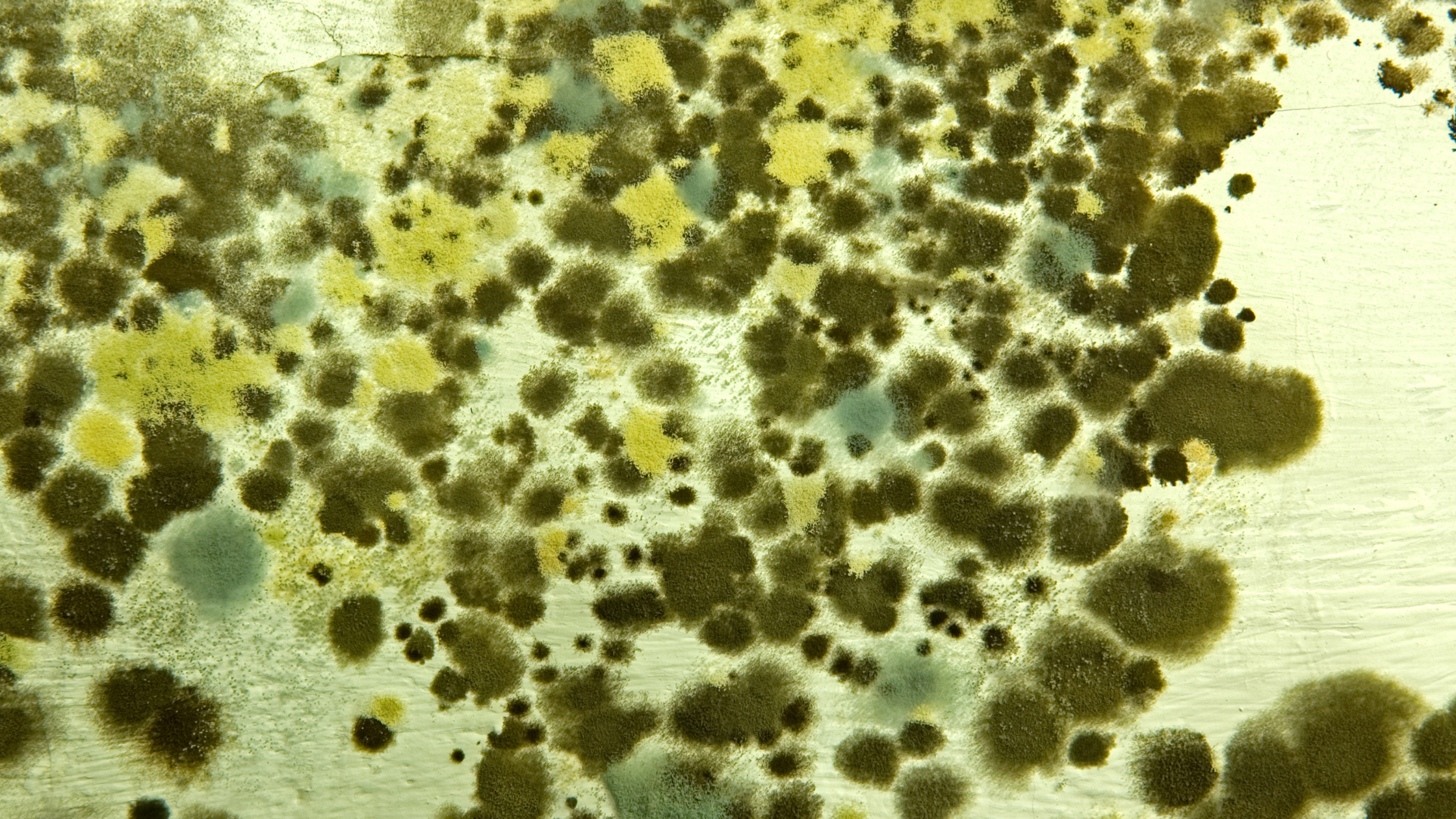
It’s a type of fungi that grows indoor and outdoors. But like many nasty annoyances, it’s not always a bad thing. Outdoor mold can help breakdown plant and animal matter, speeding up the decomposition process. Outdoor molds serve a purpose. Certain times of year, often in mid-autumn, air quality alerts may indicate high levels of mold spores in the air, often due to decomposing fallen leaves. Even though mold plays an important role in this process, human outdoor allergies are often affected.
But what happens when mold grows in your home? Indoor mold can flare allergies and incite infection in some people. Long-term exposure is never a good thing.
Common Types of Indoor Mold and Where It Grows

Mold can grow in layers, which means you can’t always identify the type of mold in your home. But you don’t need to distinguish the type to get rid of it. Nonetheless, understanding what different types of indoor mold look like can help you identify it as a home invader and treat it promptly.
Cladosporium
It’s brown, green, or black. This type of mold can grow in either warm or cool places. You usually find it on wood, carpets, or fabrics. And it’s not unusual to find it in heating and cooling ducts.
Penicillium
This fuzzy mold is blue, green, or yellow. You’ll find this under your carpet, in basements, and in insulation. It’s typically caused by water damage.
Aspergillus
It’s a powdery looking mold that is green, white, or gray with dark spots. You’ll find it in walls, fabrics, basements, and attics. It’s also the type of mold that grows on dry food, like bread. It doesn’t need much air to grow, which is why you’ll find it in walls or fabrics.
Alternaria
It’s a fuzzy mold that is white with black spots. You’ll find growing in fabrics, wallpaper, as well as around windows and air conditions. It’s also the type of mold that grows in bathrooms and kitchens.
Aureobasidium
This is a pink mold with black spots. You’re most likely to find this on walls, wood, grout, and caulking.
Stachybotrys chartarum
This is also called black mold. It’s greenish-black and grows on things that contain a lot of plant fibers, like paper, fiberboard, and drywall (gypsum board).
Trichoderma
It’s a creamy white mold but turns green when it releases spores. You’ll find it on windows, wood, and in kitchens and bathrooms.
What Are Symptoms of Mold Exposure
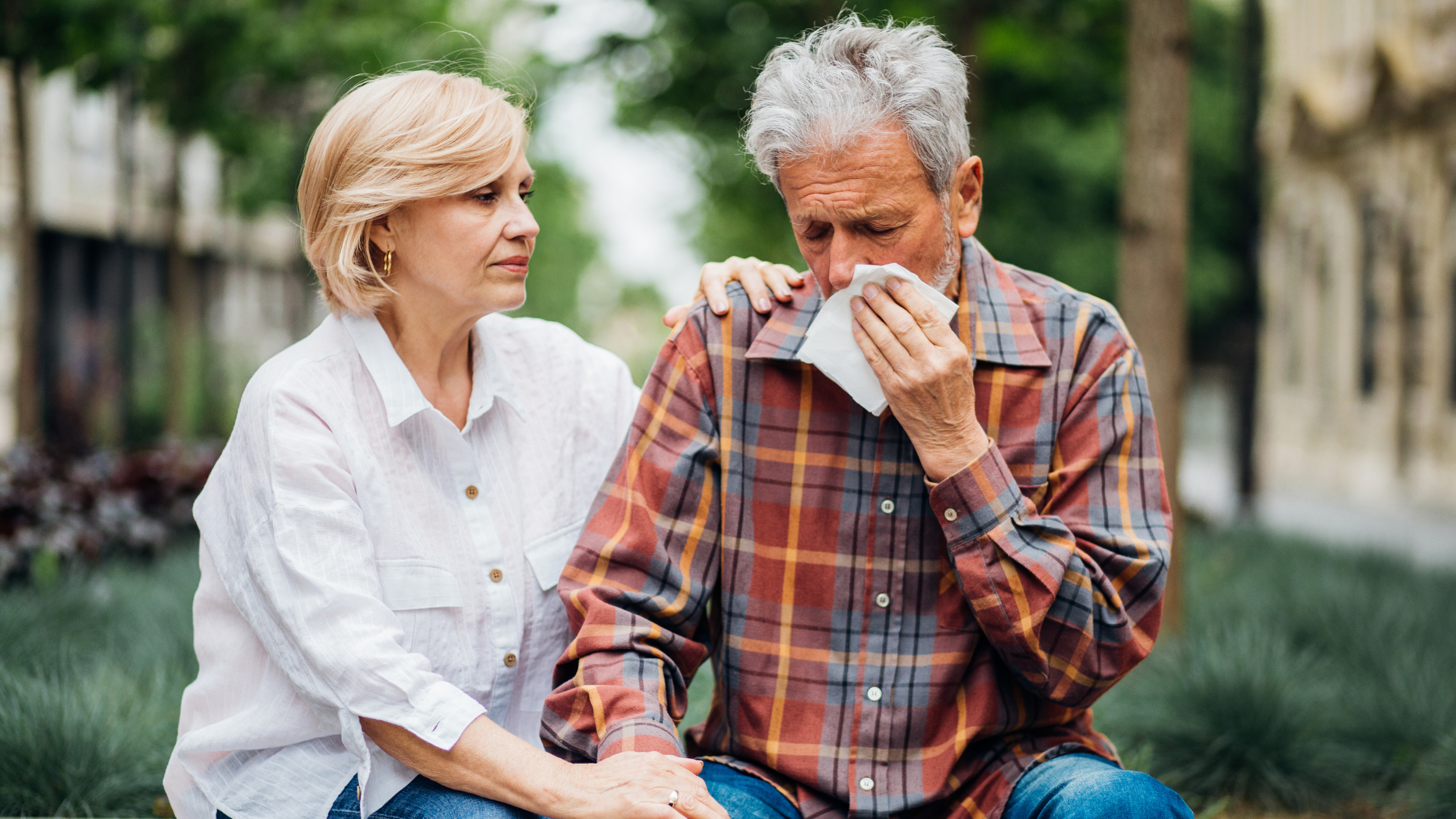
Mold typically grows in remote places you don’t see everyday. You might only become aware of its presence in your home because of a required inspection or health problems that raise a red flag. But mold won’t necessarily make you sick. Some people are more susceptible to its effects than others.
Symptoms usually occur after you touch or inhale mold spores. When this happens, you have allergy-like symptoms such as:
- headache
- sneezing
- runny nose and congestion
- sore throat
- coughing
- eye irritation
- skin rash
- lung irritation
- wheezing
An allergic reaction to mold typically isn’t an emergency. But it’s wise to make your doctor aware of a mold allergy to ensure it doesn’t complicate other health conditions you might have.
Risk Factors for Mold Allergy
You are more likely to experience mold allergy symptoms if you:
- Have a family history of allergies
- Live or work in a building with more than 50% humidity
- Live in a home that has been flooded or has had leaky pipes
- Work a job that increases your exposure to mold such as winemaking, farming, lumber working, or woodworking.
Causes of Mold Exposure Symptoms
Since mold is everywhere, we all breathe in mold spores. Allergies develop when your immune system overreacts to specific types of mold. When this happens, you will experience mold allergy symptoms.
But not all molds cause allergies. Here are several of the most common allergy-causing molds:
- Alternaria
- Aspergillus
- Cladosporium
- Penicillium
Mold Exposure Complications and Other Illnesses
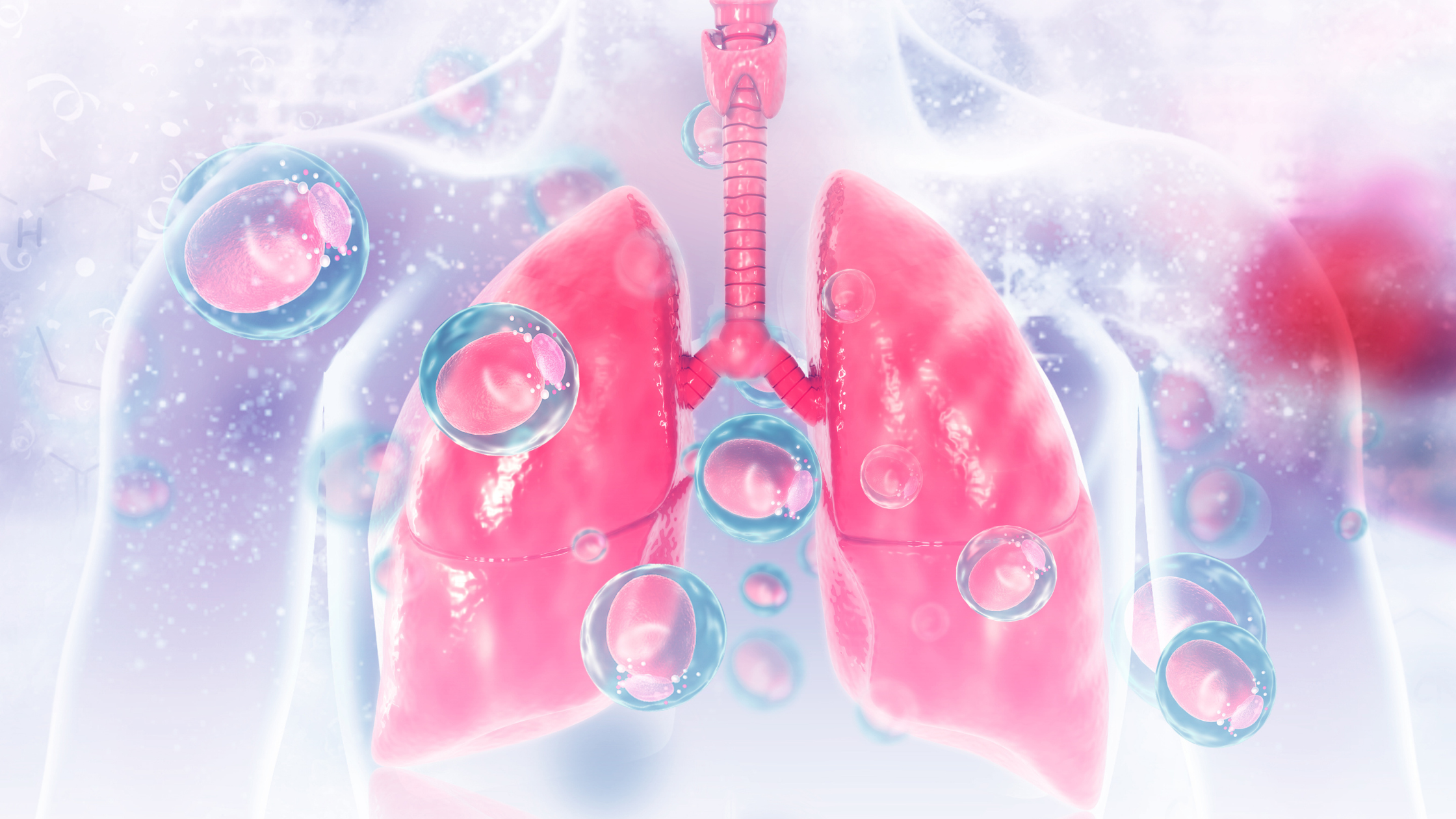
It’s rare, but some people may experience more serious health problems due to mold exposure. Here are some common complications.
Infection
It’s possible for mold to cause infections, and there are three common types. The first three listed below are types of lung infections and the last is a type of severe skin infection.
- aspergillosis
- histoplasmosis
- valley fever (coccidioidomycosis)
- Sporotrichosis
If you have asthma, COPD, a compromised immune system, tuberculosis, or cystic fibrosis you’re more susceptible to developing a mold-related infection.
Asthma
If you have asthma, mold exposure can trigger an attack and require you to use your inhaler. Some research suggests that school-aged children who live in a home with mold may have a greater risk of developing asthma.
Pneumonitis
If you’re exposed to a lot of mold, it could trigger pneumonitis, which is an irritation and inflammation of your lungs. Usually, this would happen because of a workplace hazard and not from mold exposure in your home. It’s more serious than the usual allergic reaction.
Other Illnesses
A growing number of people are claiming that mold exposure caused their health conditions. Currently, there is no research-backed evidence that links mold exposure with health issues like headaches and memory loss. People specifically point to black mold as the culprit, and this is usually because black mold spores release mycotoxins. However, researchers haven’t linked mycotoxins to any health issues.
Treatment for Mold Allergies
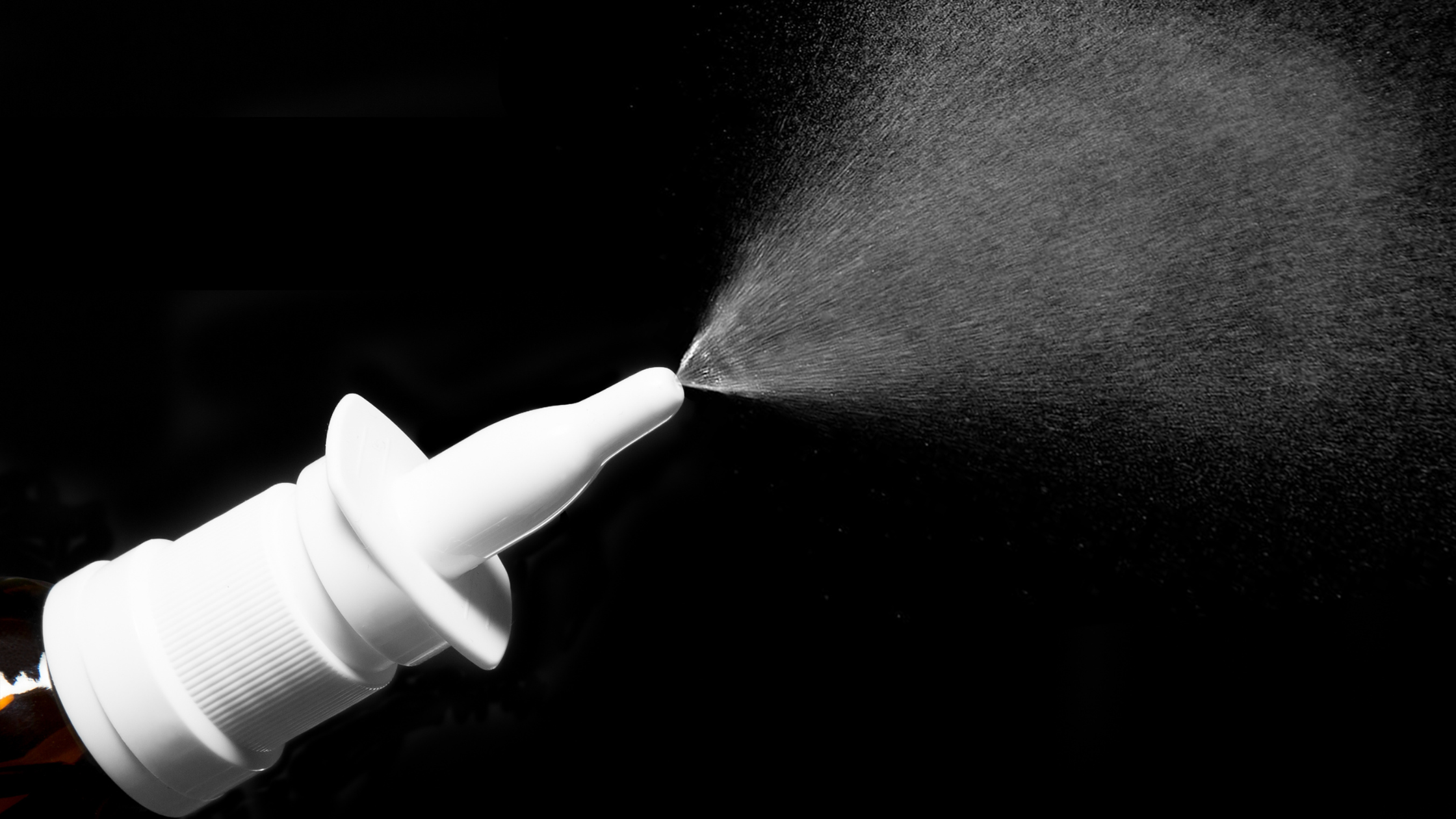
Let your doctor know if you think your allergy symptoms are mold related. Since it’s difficult to distinguish mold allergies from other types of allergies, your doctor will probably advise skin or blood tests to help determine the allergen.
Treatment for mold allergies and tips for minimizing exposure include:
- Medications like nasal corticosteroid sprays and antihistamines
- Allergy shots for sever, year-round symptoms
- Home humidity management, which
includes:
- Using a dehumidifier to keep humidity below 50%
- Cleaning damp areas regularly (basements, bathrooms)
- Repairing leaks quickly
- Ventilating damp areas
Decreasing humidity can deter the growth and spread of mold in your home, and it’s especially helpful if you’ve already dealt with any major mold sources.
You can also try over-the-counter medications to treat mold allergies. These treatments can help if your symptoms are mild to moderate.
- corticosteroid nasal sprays
- antihistamines
- decongestants
- nasal rinse
Nasal rinses are typically non-medicated and are designed to rinse allergens out of your nasal passages. This can minimize your exposure and reduce symptoms. Decongestants will primarily treat congestion symptoms after your allergies are flared up. Only
For more severe symptoms, be sure to reach out to your doctor.
How Do You Know If You Have a Mold Problem?
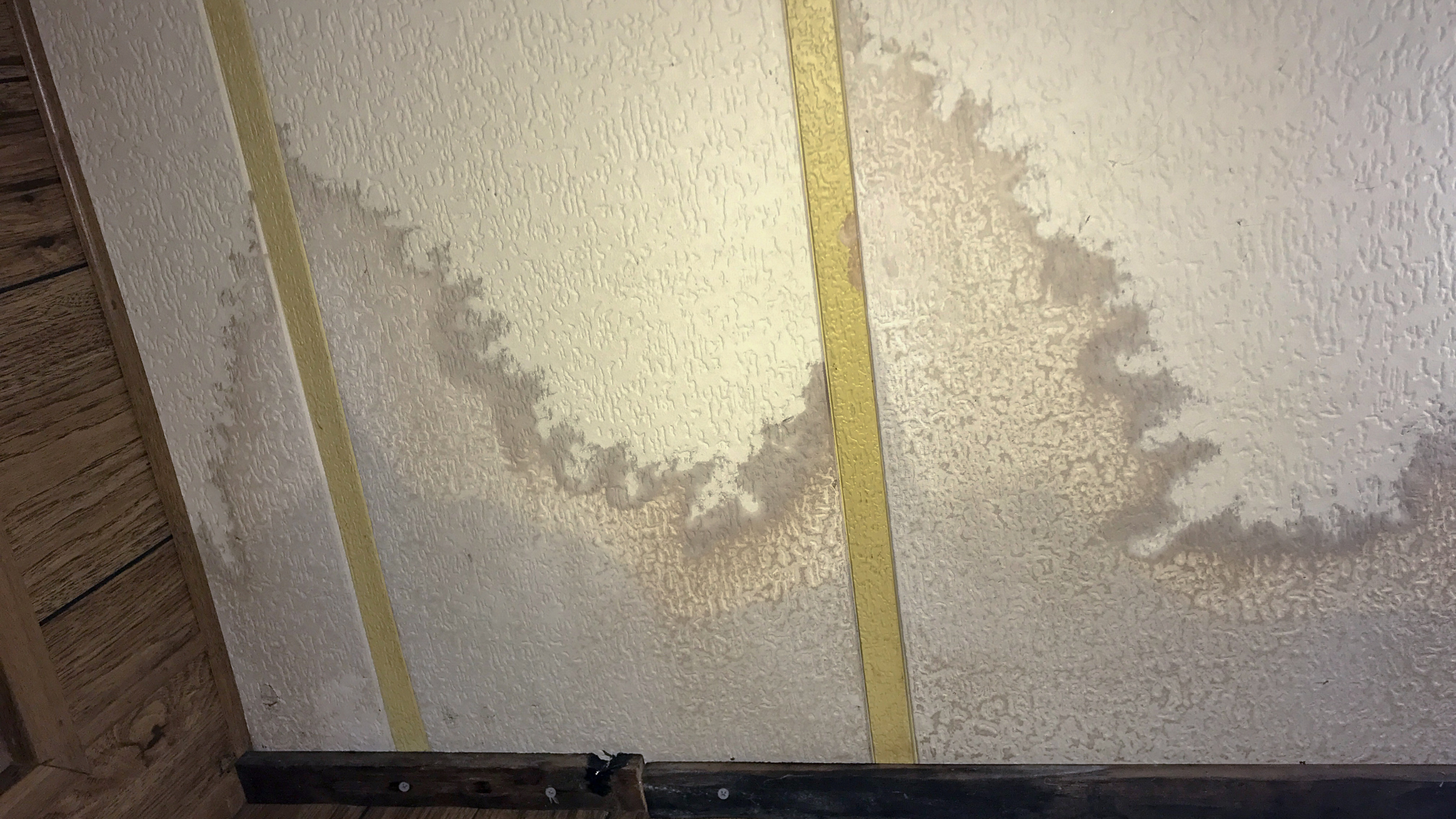
If you’ve spotted something that could be mold or indicate mold, you can further evaluate the situation with these questions:
- Does it have a musty, earthy smell?
- Is there a source of moisture nearby?
- Is there cracking, warping, or peeling of the material it’s growing on?
- Does a drop of bleach lighten its color within a couple minutes?
- Is the spot growing? Mold continues to grow but dirt and stains don’t.
“Yes” answers to these questions means you’re likely looking for a type of mold.
How Do You Get Rid of Mold?
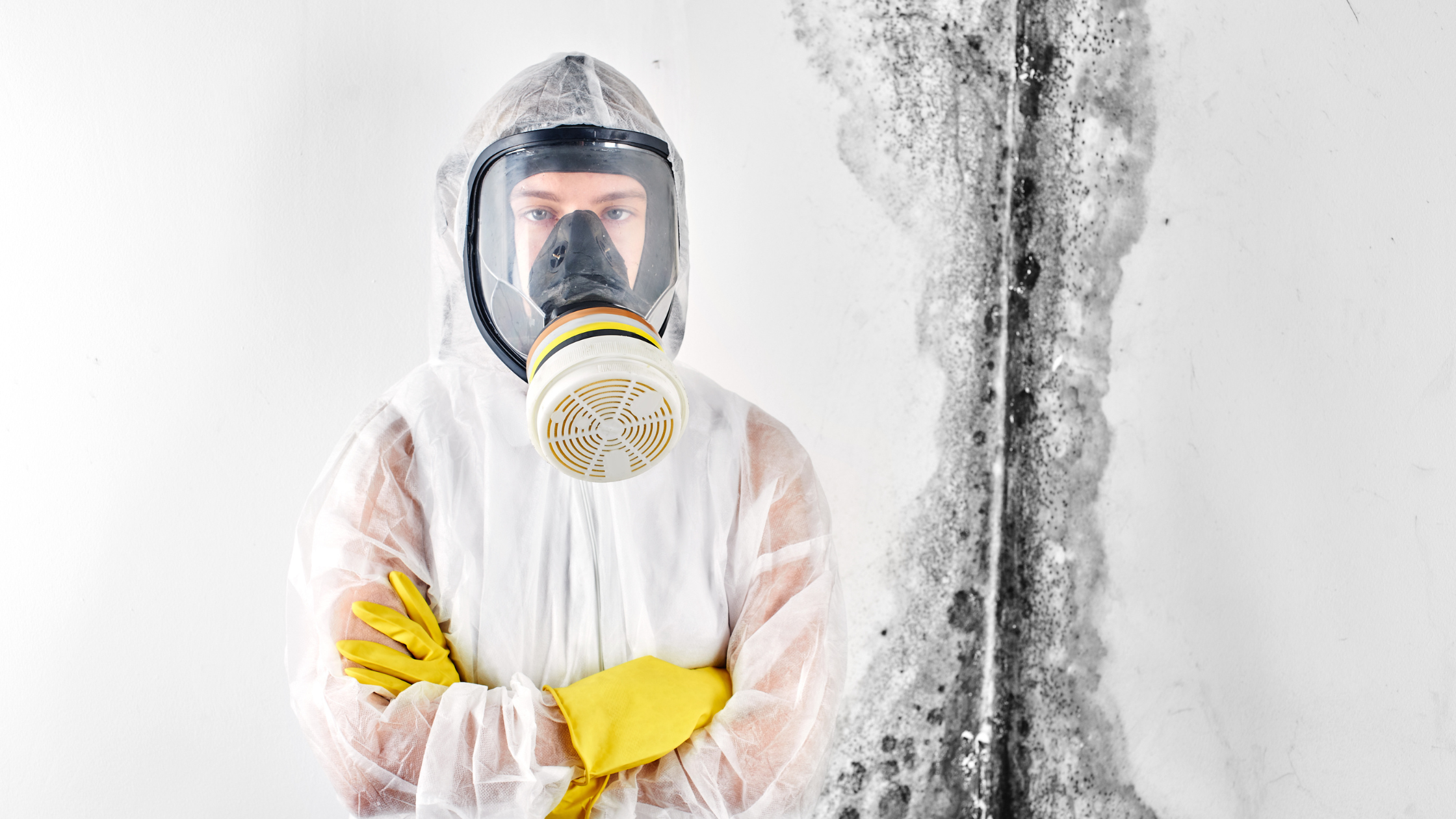
In some less severe cases you get rid of household mold yourself.
Sometimes, it only takes some soap and water to remove mold. But if that doesn’t work, you can try commercial products specifically designed for mold removal or use a bleach solution. Use no more than one cup of bleach per gallon of water when mixing your solution.
Be sure to ventilate the area before applying cleaners and you may need gloves, eye protection, or a mask. This is mostly to protect you from the cleaning chemicals and fumes. And remember not to mix ammonia or other cleaners with bleach, because these combinations can create toxic fumes that could be harmful or deadly.
A few mold removal tips:
- Always use a brush on hard surfaces and continue to scrub until you’re sure you got all of it.
- Furniture, fabric, carpeting, and ceiling tiles are too porous and will probably need to be thrown out. No amount of scrubbing will completely remove the mold.
- Before you begin painting or caulking, double check to be certain all the mold is gone. Otherwise, mold can continue growing, and you may have to strip the paint and remove the mold before repainting–again.
When to Contact Professional Mold Removal Services
- You have a large area of mold to be removed
- Water damage is severe
- You are sensitive to mold spores
Mold Exposure Takeaways
Mold is commonly found indoors and outdoors. While serious health conditions haven’t been linked to mold exposure, some people develop mold allergies with symptoms similar to seasonal allergies. Exposure to large quantities of mold can cause lung or skin infections that require prompt medical treatment.
Your medical doctor can help you find the right medications to treat your symptoms. But minimizing mold exposure at home or in the workplace is also an important step.

